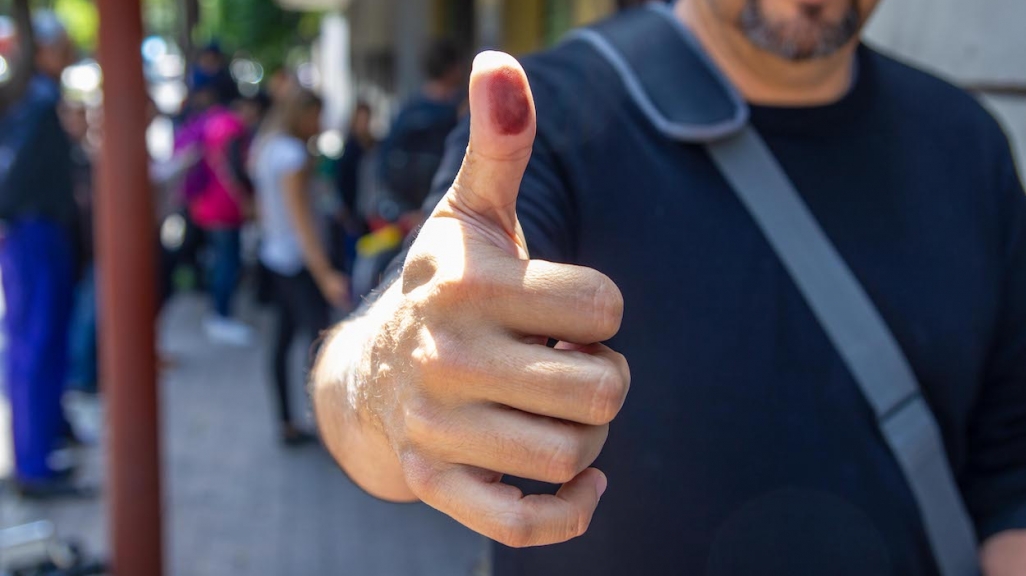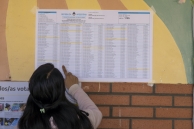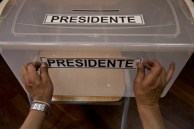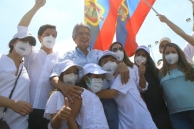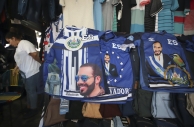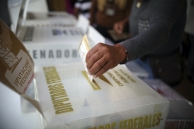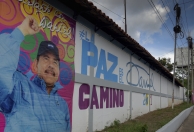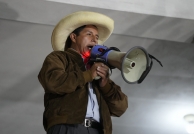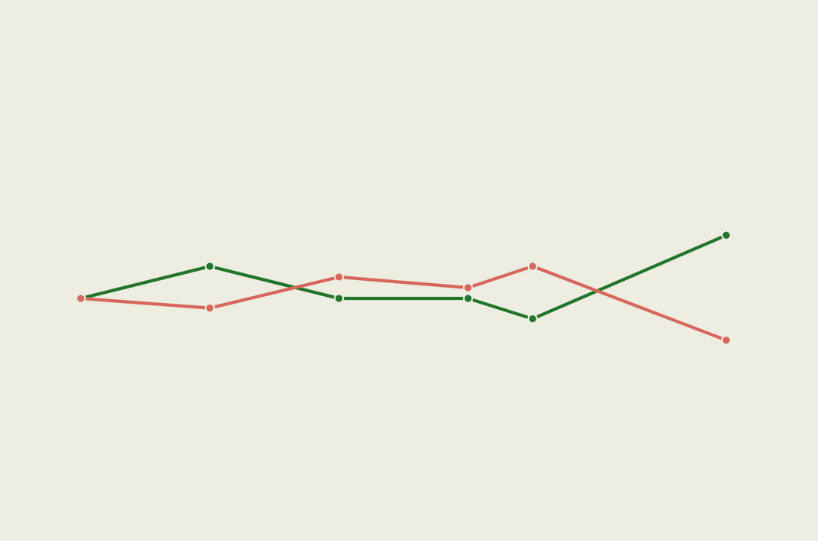2021 Elections in Latin America: A Preview
2021 Elections in Latin America: A Preview
Nine Latin American countries hold elections this year, with five—Chile, Ecuador, Honduras, Nicaragua, and Peru—selecting presidents.
From midterms in Mexico to a presidential vote in Peru, nine Latin American countries hold elections in 2021, testing the waters of how voters are feeling a year into the pandemic. COVID-19 will continue to hold these countries and their economies hostage for the better part of the year, given that vaccine rollout is expected to be slower in Latin America than in much of the world. With that and weak political parties in many countries, observers posit that we could see a continuing rise of populism.
AS/COA Online covers what’s at stake in each of the nine countries holding elections.
The special advisor to AS/COA covers the context for the governing coalition’s losses in legislative primaries and what the outcome means for November midterms.
See how the competition between presidential hopefuls is taking shape ahead of the November 21 elections.
The president-elect has pitched a business-friendly economic vision but will have to work with a divided legislature.
In 2019, Nayib Bukele upended Salvadoran politics, winning the presidency with his populist message. Now, a midterm gives him the chance to consolidate power.
President Andrés Manuel López Obrador’s political party is vying to cement its legacy on June 6. AS/COA Online explore coalitions and voter concerns.
With most of the opposition jailed, Daniel Ortega is poised to tighten his grip on power in the November 7 vote.
With nearly all votes counted, the first-time presidential candidate is ahead of rival Keiko Fujimori by less than half a percentage point.







